How Employee Ownership Models Help Put People First
May 19, 2022
B Corps Use Employee Ownership Business Models and Policy to Build a Stakeholder Economy
With a goal to create a more inclusive and resilient economy, Certified B Corporations focus on creating a profit as well as benefit for people and the planet. Through their work, B Corps are shaping an economy that creates value for multiple stakeholders — workers, customers, community, and the environment — as well as shareholders.
To guide and encourage business leaders to join this work, B Lab U.S. & Canada is sharing information on what a stakeholder economy can look like and the role of policy change in creating more just business systems, policies, and practices. This included a recent LinkedIn Live conversation — in honor and recognition of International Workers’ Day on May 1 — focusing on the importance of incorporating employees as stakeholders and the mechanism of worker ownership as a way for organizations to value and prioritize employees. This LinkedIn Live conversation was the second in a regular series, “Leaders in Conversation,” hosted by B Lab U.S. & Canada’s CEO Jorge Fontanez.
• Watch or read a summary from the first conversation on Closing the Racial Wealth Gap.
During the LinkedIn Live session, Fontanez explored employee ownership with Jack Moriarty, Founder and Executive Director of Ownership America, a new public policy and grassroots advocacy organization founded to turn Americans into owners with the focus on thought leadership and applied policy research. This article shares highlights from their full conversation titled “Lessons in Putting People First.”

Follow B Lab U.S. & Canada on LinkedIn
Find more conversations like this and follow the latest B Corp news in the U.S. and Canada on LinkedIn.
Jorge Fontanez: What brought you to found Ownership America? How did you develop an interest in employee ownership?
Jack Moriarty: I came to this work really looking for answers to the question of, how do we build a more equitable and inclusive economy? How do we build the kind of systems and structures that can move corporate behavior, but also societal behavior, further in the direction of stakeholders?
The more I dug into the concept of employee ownership, I discovered this rich evidence base and this rich community that really showcases an opportunity to build ownership further into the DNA of corporations. I learned that in the U.S., we have 6,000 employee-owned companies: employee stock ownership plans or ESOPs, worker cooperatives, and employee ownership trusts. These are companies that provide substantial retirement security for workers, they allow workers to build wealth in the value that they directly create together. And they’re much more likely to treat workers as true partners and stakeholders.
I founded Ownership America with a number of partners to really try to do what the B Corp community has already done, which is to build a bottom-up movement, and to get ownership and employee ownership as part of the toolkit for how to build a more equitable economy.
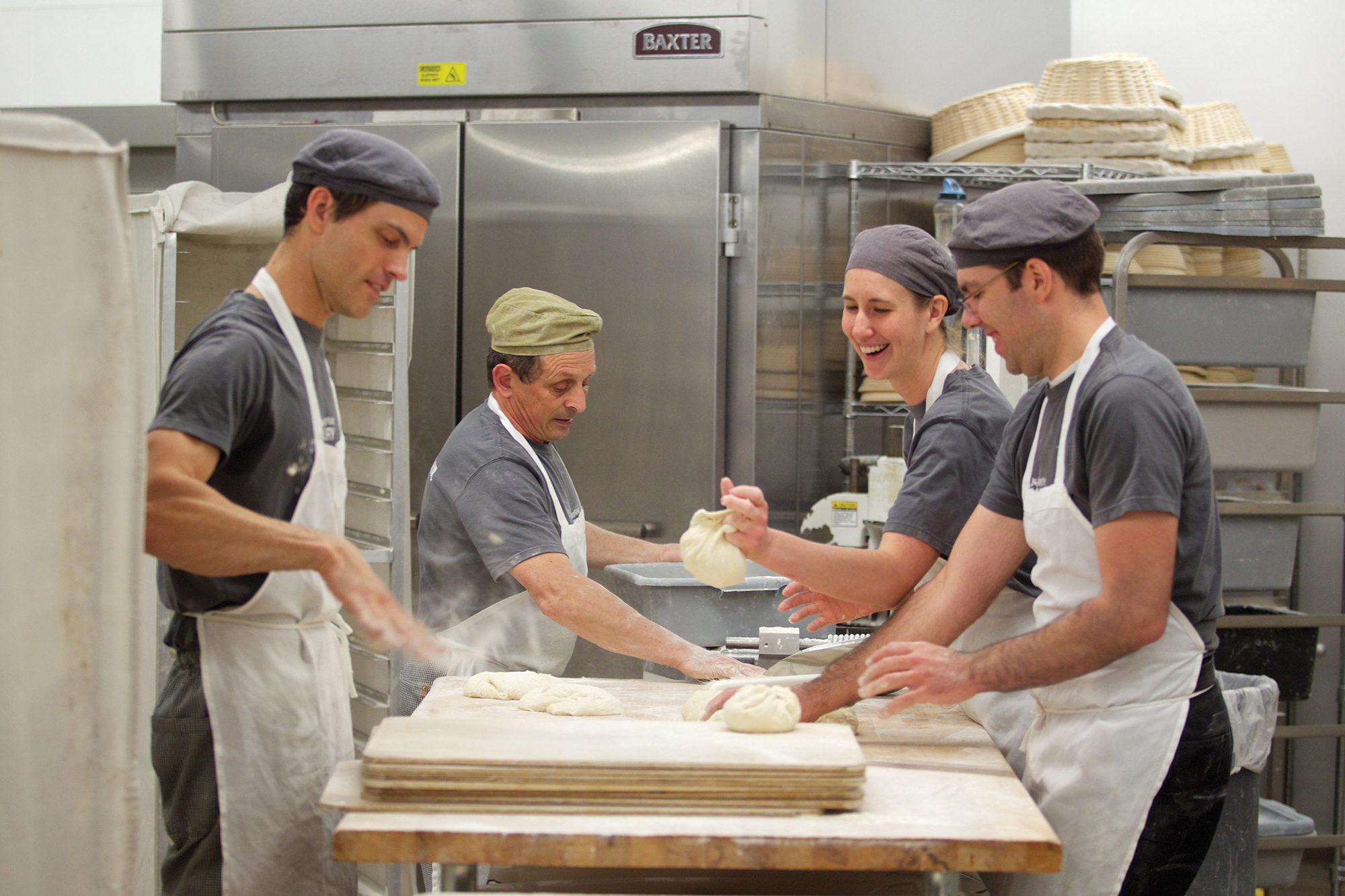
B Corp King Arthur Flour has been 100% employee-owned since 2004. The company has grown significantly since then, incorporating a bakery and a Baking School as well as extending distribution of its flours and mixes to retailers across the United States. (Photo courtesy King Arthur Flour)
Fontanez: There’s a phrase called the silver tsunami, which reflects the fact that there are about 3 million businesses in the U.S. with owners who are 55 or older, which means that they’re likely thinking hopefully about succession planning. These 3 million businesses employ over 32 million people in the U.S. and have a collective payroll of $1.5 trillion, generating collectively $6.5 trillion in revenue. We’re talking about an enormous impact on not just business but local economies. How is Ownership America approaching this opportunity?
Moriarty: Well, you’re absolutely right that we are in this demographic crisis, but I like to think of it as an opportunity. Business succession is not something we tend to think about a lot. And it’s really premised on what’s going to happen to the business once the founder or founders that have built that business up and made it successful — created relationships in the community, hired workers, really built a legacy and reputation — what happens next when they’re getting ready to sell. And it turns out that it really matters what that choice becomes not only as you mentioned, Jorge, for the business and for the workers, but also the ripple effects on the local economies and community stakeholders.
We see time and time again that if we make a viable pathway for business owners to sell the company to their employees via a number of the structures that I mentioned, that is a tried-and-true method of preserving that legacy of the business, the identity and the community, the local employment, but also combining the asset-building and the wealth-building potential. When we talk about putting people first, a tremendous way to do that is to actually reward the employees that helped build that business in the first place with an ownership stake moving forward.
As a policy organization, we’re really focused on what are the barriers that are preventing more sellers from moving in that direction, particularly mission-driven sellers. You can think of this as an opportunity to institutionalize the mission that’s been built up over time.
Fontanez: You mentioned how employee ownership might actually be a vehicle in terms of protecting company mission, which is very aligned with B Corp Certification and benefit corporation status, which gives management and board of directors full decision-making authority to consider more than just shareholders. How can employee ownership help protect the mission of a company?
Moriarty: Colleagues of ours over at Fifty by Fifty, which is an initiative by the Democracy Collaborative, did a report looking at employee-owned companies that were also B Corps. So these are mission-led employee-owned companies. What they found was that employee-owned B Corps are actually outperforming the average B Corp and certainly non-B Corps as well. I think it speaks to how complementary these structures are. Both B Corp Certification and the benefit corporation legal structure are governance design mechanisms designed to balance multiple stakeholder interests — not just shareholders — and I think that’s an essential part of the strategy.
So if employee ownership is so great, why the heck don’t we see more of it? I’ll give you a couple of answers to that question. The first is it’s not a structure that enough business owners are aware of. A big part of Ownership America’s mission is how do we build progress at the state level to build the movement up, to have state champions that then become federal champions, and so forth. And we’re working in collaboration with Project Equity, and with the Worker-Owned Recovery California Coalition on a bill that was introduced on a bipartisan basis, that would stand up new infrastructure in the state government to make a dedicated office for employee ownership. It also does what Colorado has done in the past, which is to subsidize feasibility studies to help get selling owners down the path of exploring this as an option and understanding if it’s a fit for them.
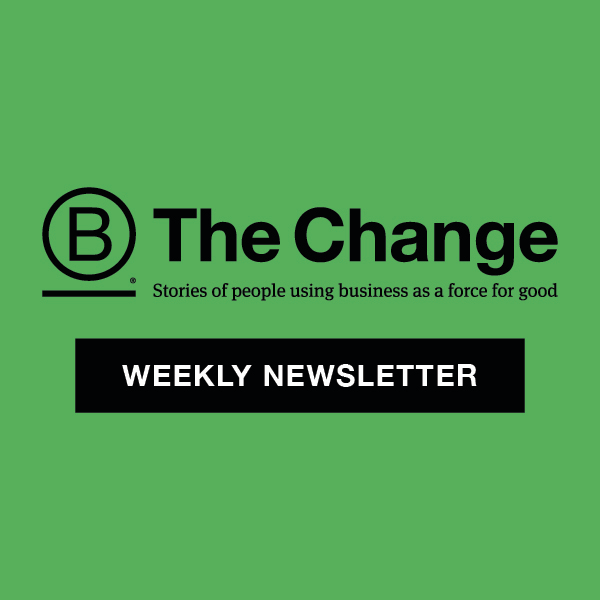
Subscribe to B The Change Weekly
Learn more about this growing movement of Certified B Corporations using business as a force for good, and sign up to receive the B The Change Weekly newsletter for more stories like this one, delivered straight to your inbox once a week.
Fontanez: Let me lift up a couple of examples of worker ownership that we see in our B Corp community. The first is King Arthur Flour, which moved to employee ownership in 2004. They’re 100% employee owned. They see this as a way for employees to have a better nest egg and to be even more engaged in the company’s success. Another is Namaste Solar, which created an employee-owned cooperative. Talk a bit about the choice of model: What are some of the differences between a 100% employee-owned company versus a cooperative model?
Moriarty: Ownership America’s view is that the movement for employee ownership has to be inclusive of a menu of different structures that can all be means to the end of sharing ownership and equity with workers as part of the ownership structure and the business. Companies that are smaller, around 50 or so workers, tend to be better fit for a worker cooperative, which is a design that couples not only shared ownership but also democratic governance, which is a really core component of that model. And that’s an international model.
As you start to move up the size sector, ESOPs tend to be a good fit. These are mature companies, they have stable cash flows, so they can handle some of the transactions. The structures are important, but they are united by the theme of how do we sell a company to its employees and institutionalize workers as stakeholders through an ownership stake.
If I come into work every day, and I know that I am included in the value that we are creating together, that’s going to create a more participatory culture and a company that values innovation from not just the management team, but from all the way up through the frontline of the organization. And it’s those employees and companies that take the time to build those cultures, to build those structures for participation. They share financials with employee owners to educate them on the value drivers of the business and how can I, as an employee owner, improve those and every single day. Those are companies that see better results, and then those results are shared by the workforce.
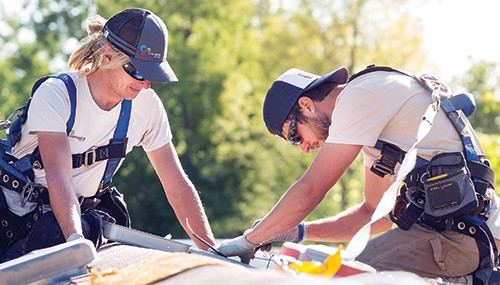
As an employee-owned cooperative, B Corp Namasté Solar demonstrates the value of a democratically run business model, and encourages other companies to follow suit. (Photo courtesy Namasté Solar)
Fontanez: When we think about turnover of businesses and how companies need to ready themselves for or position themselves in this moment, what’s some advice that you have for businesses that are thinking about this?
Moriarty: Plan, plan, plan. The data suggests that most business owners haven’t undergone business succession planning to begin with. So the last thing you want is to be in a situation where you’re unsure of what those exit strategies are going to look like. Any exit strategy, whether that’s employee ownership or another route, requires intensive planning and feasibility. This is why we’re looking to build feasibility and planning and outreach into our state policy playbook, and get more resources to help business owners that are considering retirement and selling their businesses to make sure that this is on their radar and positioning the business accordingly.
Most employee-owned companies have done some sequential employee ownership. You might do 30% upfront and sell a partial stake to the employees and have that be sort of step one of a multi step plan, where the long term vision is to get to 100% employee ownership as part of a long term vision and process. The sooner you start, the better you can execute.
Fontanez: Do we see examples of how employee ownership is closing the racial wealth gap?
Moriarty: There are really two ways to build wealth in America: You own a business or you own a home. And I think we have this narrative where business ownership is this sort of hero, entrepreneur, this individual, and employee ownership of the challenges that. In my view, there’s no strategy to mitigate and close racial and gender wealth gaps that doesn’t include employee ownership.
You can think of the silver tsunami as essentially a demographic wealth transfer. And the policy question is, how is that wealth going to be distributed? Are we going to see it concentrated in a way that I argue we really can’t afford? Are we going to put the finance and the awareness and infrastructure out there through public policy to provide the platform for that wealth to be distributed equitably?
• Watch the full LinkedIn conversation
Note: We updated this article on December 13, 2023 to remove a reference to the 2019 Edelman Trust Barometer.
-
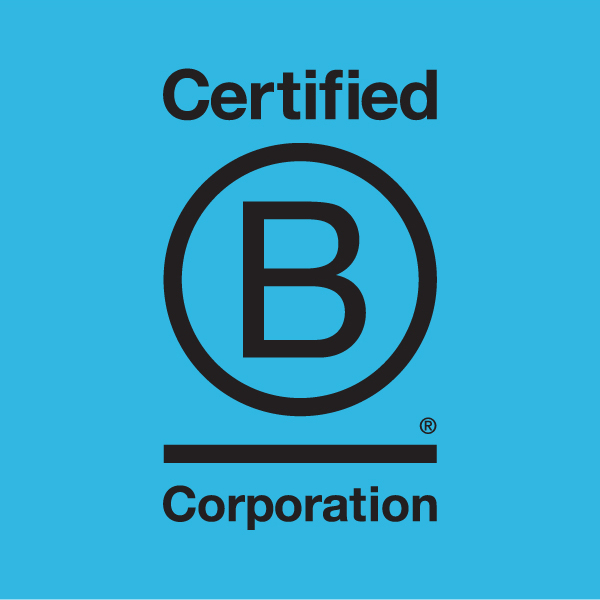
Business Strategy
How the Financial Industry Is Working to Close the Racial Wealth Gap: Tapping the Power of Community and Collaboration
Read More -
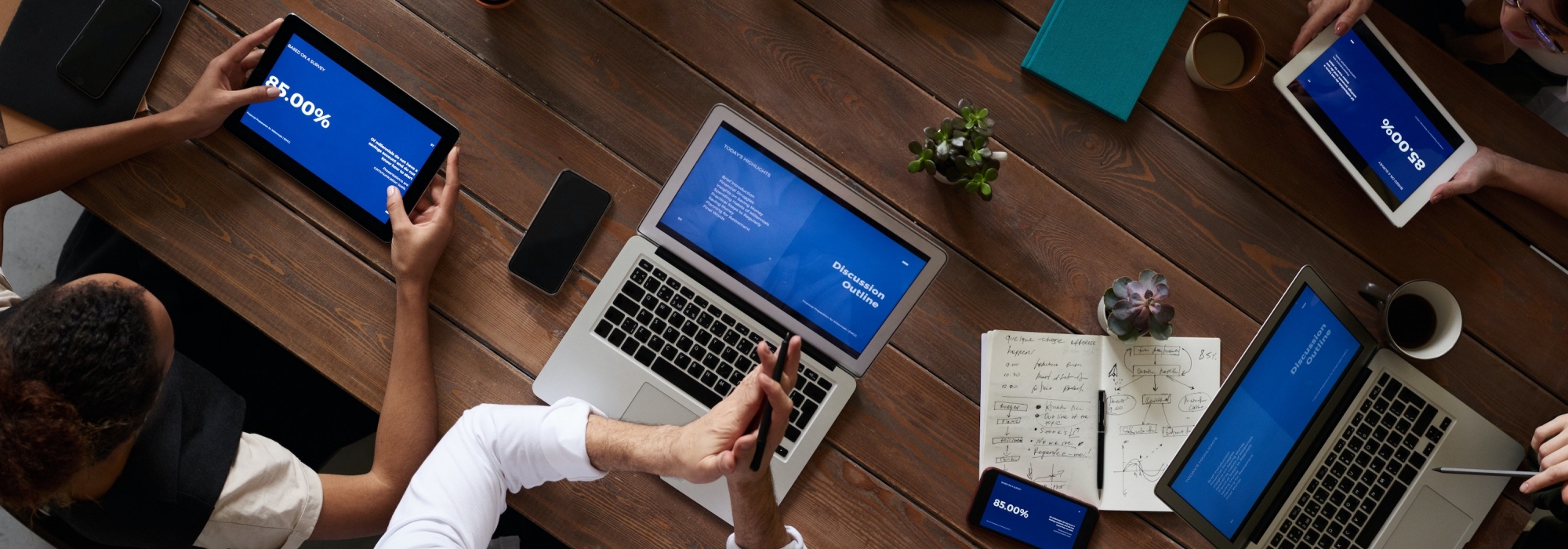
-

Business Strategy
A Report on Stakeholder Capitalism: Global Momentum in the Drive for Systemic Economic Change
Read More -
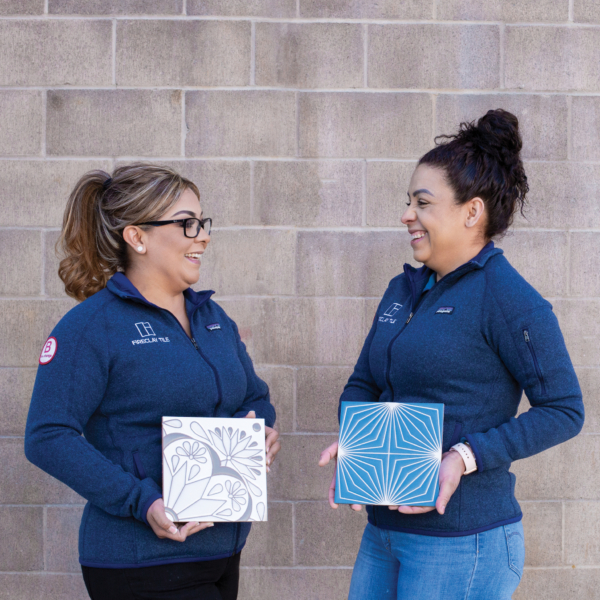
Workplace Culture
Employee Ownership for Any Business Size: B Corps Chart a More Inclusive Path
Read More
Sign Up for our B The Change Newsletter
Read stories on the B Corp Movement and people using business as a force for good. The B The Change Newsletter is sent weekly.
